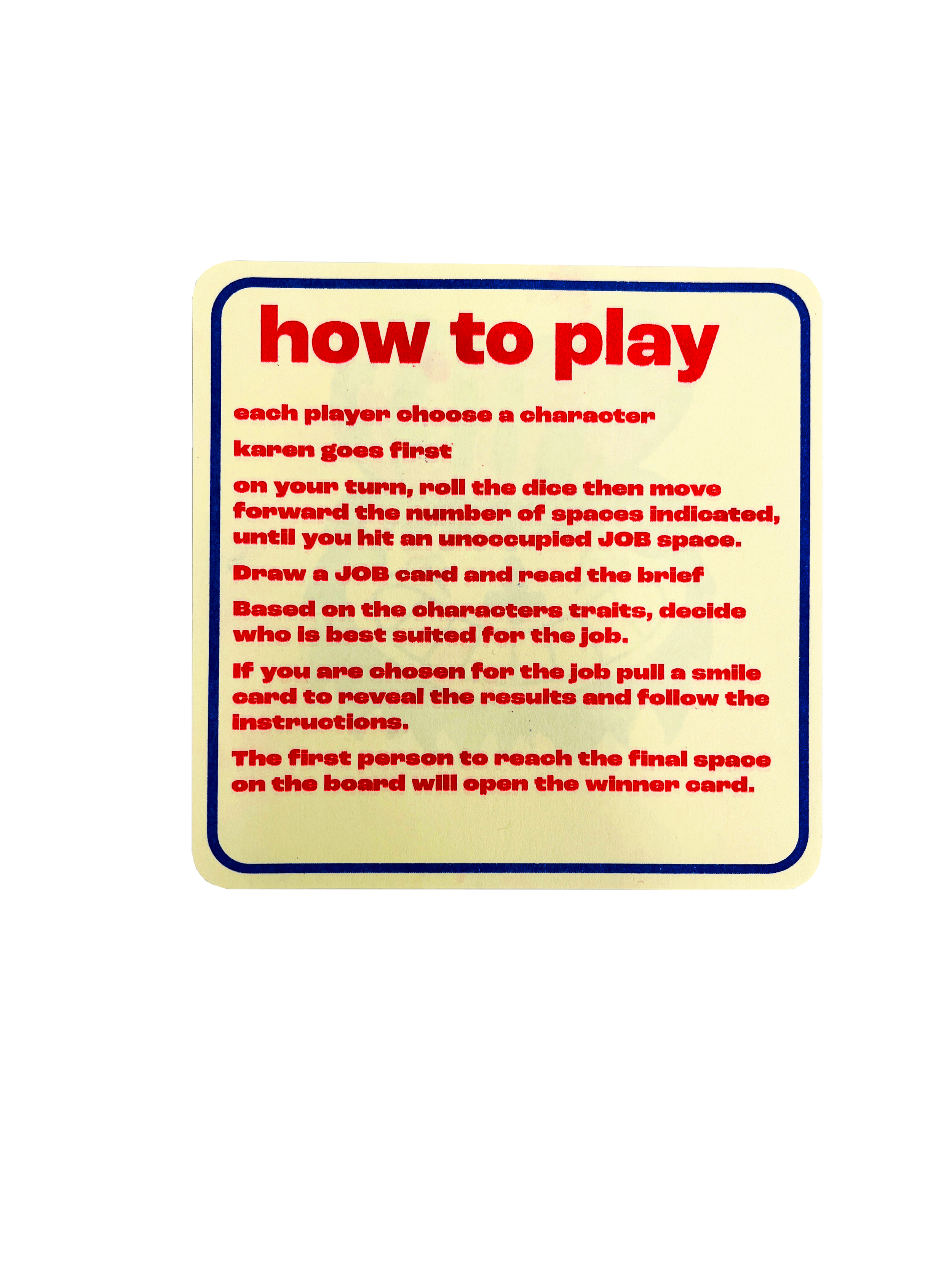neutrality
-
neutrality -
often designers think they know best, they know the best way to set type, they know the best way to display data, they know the best layout to use, they know the best way to communicate an idea. but they only know the best way that is relevant to their lived experience and with that comes their personal biases that may consciously or subconscious alter their work. all of that is fine so long as you are designing for that specific audience because once you try to broaden that, without relevant research and a proper test group, you are going to miss the mark. i think of it similarly to humanitarian build trips in that western cultures think they know the best way for society to work and thus can apply it to other places like the dominican republic or ~africa~. so they go, they take all of their workers and all of their supplies, keeping all of their money circulating in their economy, to another country, build things on their own terms, centred around their ideals and leave without any care for its impact. something important to remember here is that those other places have people fully capable of doing these jobs. the same applies to design spaces, just because it works for you doesn’t mean it will work for everyone and instead of going into a project thinking you know best about everything- think about who the design is for and if there is someone who could be better suited for the job than you.
When coming up with the concept for the board game I knew I wanted to keep it extremely simple because It is 1 of like 5 other projects that I am making. The theme of the board game is about design neutrality but is also a commentary on workplace prejudice. It is very loosely based on “the game of life” board game in the way I have it set up.
The way I envisioned this working is by having 3 characters for people to choose from, each player will then roll the dice to determine how many spaces they will move. They have to stop moving once they hit a “job” space and pull a job card. There will be 3 different job cards, one card is clearly meant for Gus, one is clearly for Taylor and the third is for either Gus or Taylor- however, all instances will benefit Karen. After the 3 job cards, there will be a couple of cards telling the players to just skip to the end because I don't expect people to sit and play an hour-long board game at an exhibit, and the premise is pretty clear early on.




